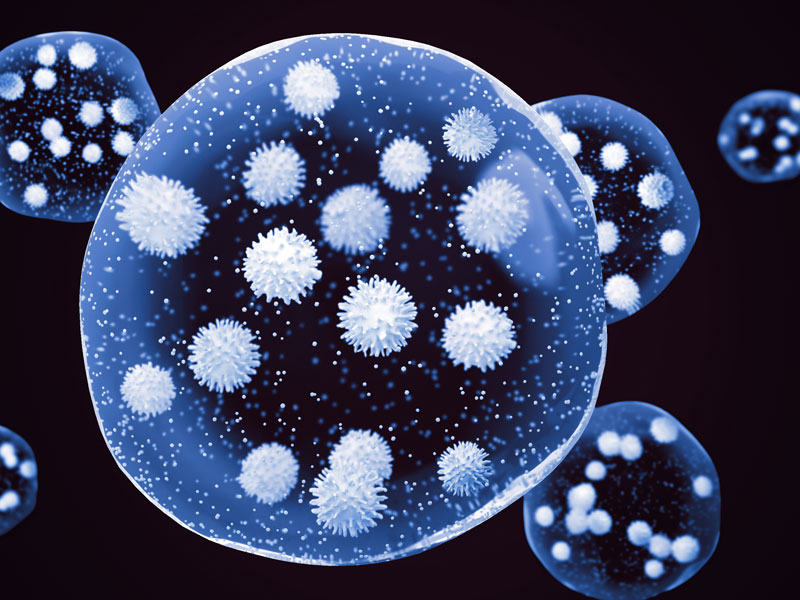07.10.2019
Surprising Effects of Humidity on Healthcare Efficiency
There are many healthcare-associated applications out there, from laboratories to hospitals and nursing homes, and they all share one key demand: Good air quality. This is not easy to achieve without proper humidity control, and often, technologies such as humidifiers and evaporative coolers are necessary to help regulate temperature and ensure the relative humidity (RH) remains at appropriate levels. In hopes of demonstrating why implementing the right air quality control solution is so important, let’s highlight some key effects of humidity on healthcare efficiency.
Airborne Infection Control Efficiency
Humans emit aerosols – microscopic droplets of moisture – whenever they sneeze, cough or even speak. When we are ill, those aerosols can contain highly infectious microbes, which explains why colds and flus can flash through a building so easily in unsterilized conditions. Part of achieving ideal airborne infection control is to regulate the indoor relative humidity – usually between 40 and 60 percent RH will do. This limits how far aerosols can travel when dispersed from us freely in the air, effectively reducing the risk of infecting others.
Patient and Employee Comfort
Proper humidity control is essential to employee comfort and wellness. After all, nobody wants to add eye and skin irritation, dry skin and discomfort to a pre-existing illness, as there could be a risk of developing an infection over time. By installing a high-efficiency humidifier such as those available from us at Condair, you can mitigate this risk and ensure your healthcare facility has just the right amount of air moisture content.
Employee Focus and Efficiency
Overly dry conditions can wreak havoc on a facility’s productivity. It’s similar to how a school operates, in a sense – a lack of sufficient hydration can lead to feelings of exhaustion, a lack of focus and overall reduced efficiency. Avoid this with proper humidity control via an easy-to-maintain system designed for longevity. You’ll experience improved quality assurance, patient and employee satisfaction, and perhaps even the ability to better accommodate for demand – a common issue in healthcare, especially during flu season.
ESD and Dust Suppression
When electrostatic energy builds from low-humidity conditions, it can discharge and arc to nearby conductive objects and individuals. This can be extremely dangerous for some patients fitted with devices such as pacemakers, harmful to computer systems containing vital medical data, and damaging to expensive operating and laboratory equipment. Additionally, dust and allergen buildup can wreak havoc on patient and employee health, not to mention make sterilizing operating environments an absolute pain.
Proper humidity control is critical in helping healthcare applications not only meet demand but also administer the highest level of care. Consider these effects of humidity on healthcare efficiency, and work with your team to determine whether more can be done internally. By keeping employees focused, equipment safeguarded and patients comfortable, it may be easier to manage day-to-day operations. To learn more about our available relative humidity control and evaporative cooling solutions, reach out to us at Condair today.
Similar Links:
https://www.condair.com/humidifiernews/blog-overview/can-better-air-hydration-combat-mrsa-infections
https://www.condair.com/humidifiernews/blog-overview/benefits-of-humidity-control-for-your-employees





